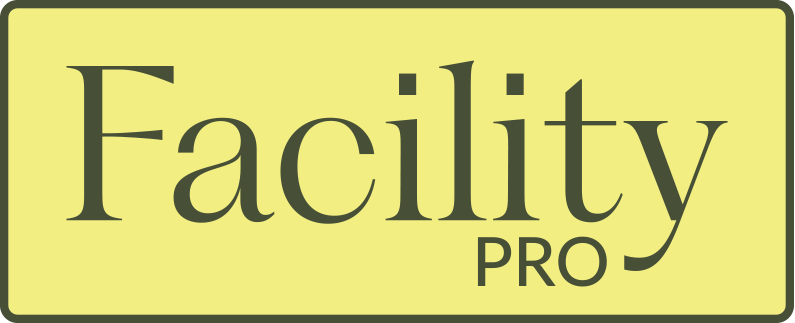Understanding Maintenance Management for Owner-Occupied Buildings
Maintenance management for owner-occupied buildings encompasses a comprehensive approach to ensuring the property remains in optimal condition, both functionally and aesthetically. Unlike rental units or commercial buildings, owner-occupied properties often require a more personalized and proactive management strategy. This is due to the direct involvement and vested interest of the property owner in maintaining the building’s value and habitability.
A well-structured maintenance management system is crucial for the longevity and functionality of owner-occupied buildings. This system should include routine inspections, preventive maintenance, and an efficient process for addressing emergency repairs. Routine inspections help identify potential issues before they escalate, allowing for timely interventions. Preventive maintenance, such as regular servicing of HVAC systems, plumbing inspections, and roof checks, can significantly reduce the likelihood of unexpected breakdowns and costly repairs.
Emergency repairs are another critical component of maintenance management. Quick response to issues like burst pipes or electrical failures can prevent minor problems from becoming major, costly disasters. Having a reliable network of service providers ready to address these emergencies is essential for maintaining the building’s integrity and ensuring the safety and comfort of its occupants.
Common maintenance tasks in owner-occupied buildings include cleaning and servicing gutters, inspecting and maintaining heating and cooling systems, checking for water leaks, and ensuring the structural integrity of the building. Neglecting these tasks can lead to severe consequences, such as water damage, mold growth, and increased wear and tear on building components, ultimately diminishing the property’s value and livability.
In summary, effective maintenance management for owner-occupied buildings involves a proactive, well-organized approach tailored to the unique needs of these properties. By prioritizing routine inspections, preventive maintenance, and prompt emergency repairs, property owners can safeguard their investment and ensure a comfortable, functional living environment.
Implementing an Effective Maintenance Management Strategy
Developing a comprehensive maintenance management strategy for owner-occupied buildings begins with a thorough assessment of the building’s current condition. This initial step involves a detailed inspection to identify existing and potential issues, ranging from structural components to mechanical systems. By understanding the building’s specific maintenance needs, property owners can make informed decisions about prioritizing tasks.
Prioritization is crucial for effective maintenance management. Tasks should be categorized based on urgency and importance. Urgent tasks, such as addressing safety hazards or critical system failures, must be dealt with immediately. Conversely, less critical tasks can be scheduled based on their impact on the building’s functionality and overall condition. Developing a prioritization matrix can help in systematically addressing maintenance issues.
Creating a maintenance schedule is essential. A well-structured schedule should include routine, preventive, and seasonal maintenance tasks. Routine maintenance encompasses daily, weekly, and monthly activities, such as cleaning and minor repairs. Preventive maintenance aims to prevent major issues by regularly inspecting and servicing equipment and systems. Seasonal maintenance addresses tasks specific to certain times of the year, like HVAC system checks before the onset of summer or winter. An organized maintenance schedule ensures that all necessary tasks are performed timely, enhancing the building’s longevity and efficiency.
Technology plays a pivotal role in streamlining maintenance processes. Maintenance management software can significantly enhance efficiency by providing tools for tracking maintenance activities, scheduling tasks, and managing work orders. This software can also generate reports and analytics, helping property owners monitor performance and identify areas for improvement. By integrating technology, owners can ensure a more proactive and organized approach to maintenance management.
Involving professional maintenance services can offer substantial benefits. These experts bring specialized knowledge and experience, ensuring that maintenance tasks are performed correctly and efficiently. When selecting service providers, it is essential to consider factors such as reputation, expertise, and responsiveness. A reliable service provider can become a valuable partner in maintaining the building’s condition.
Regular reviews and updates to the maintenance plan are necessary to adapt to changing needs and conditions. Periodic assessments help identify new maintenance requirements and ensure that the strategy remains relevant and effective. By continuously evaluating and refining the maintenance plan, property owners can maintain a high standard of building upkeep, ultimately contributing to its long-term value and functionality.
